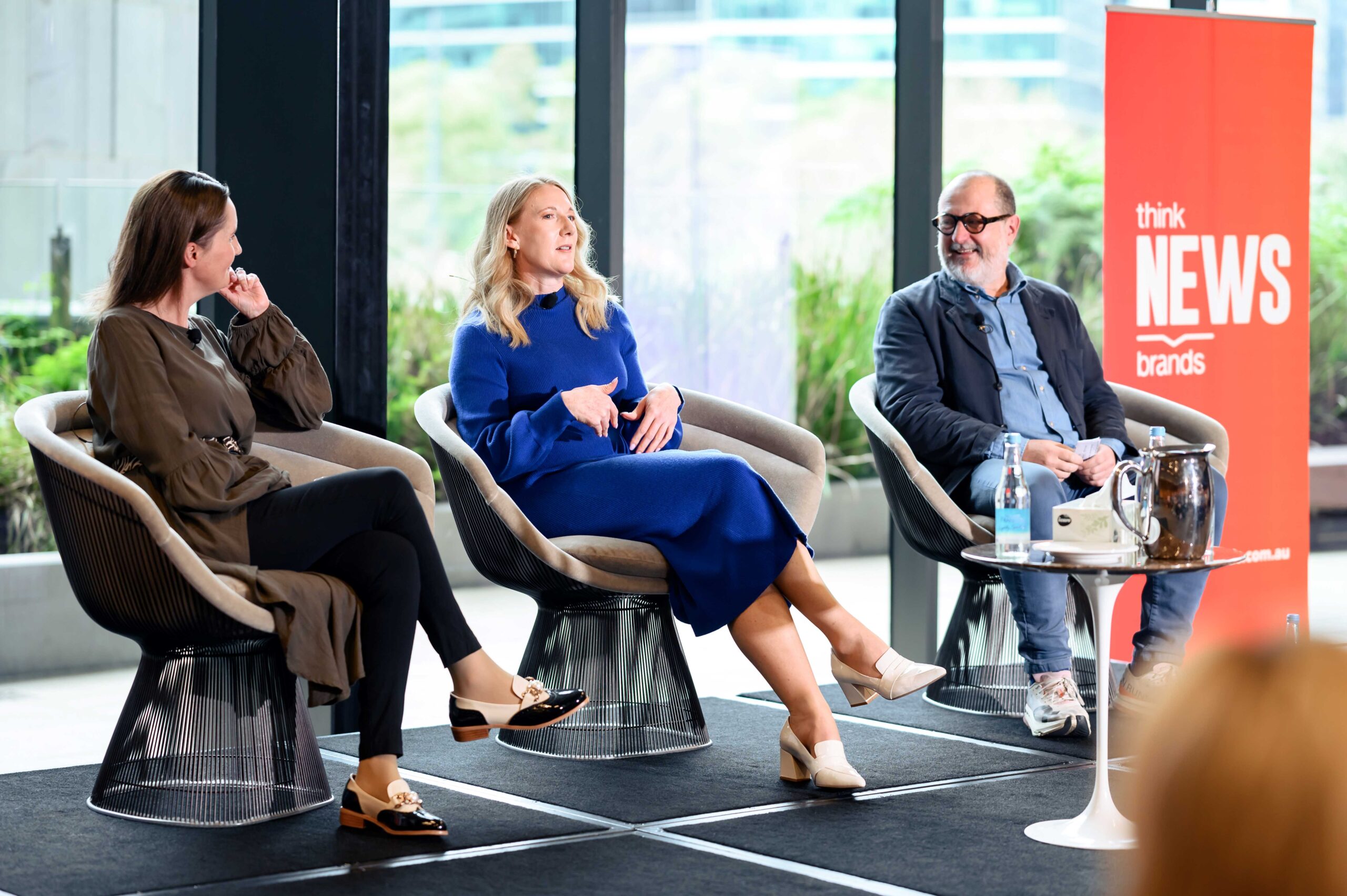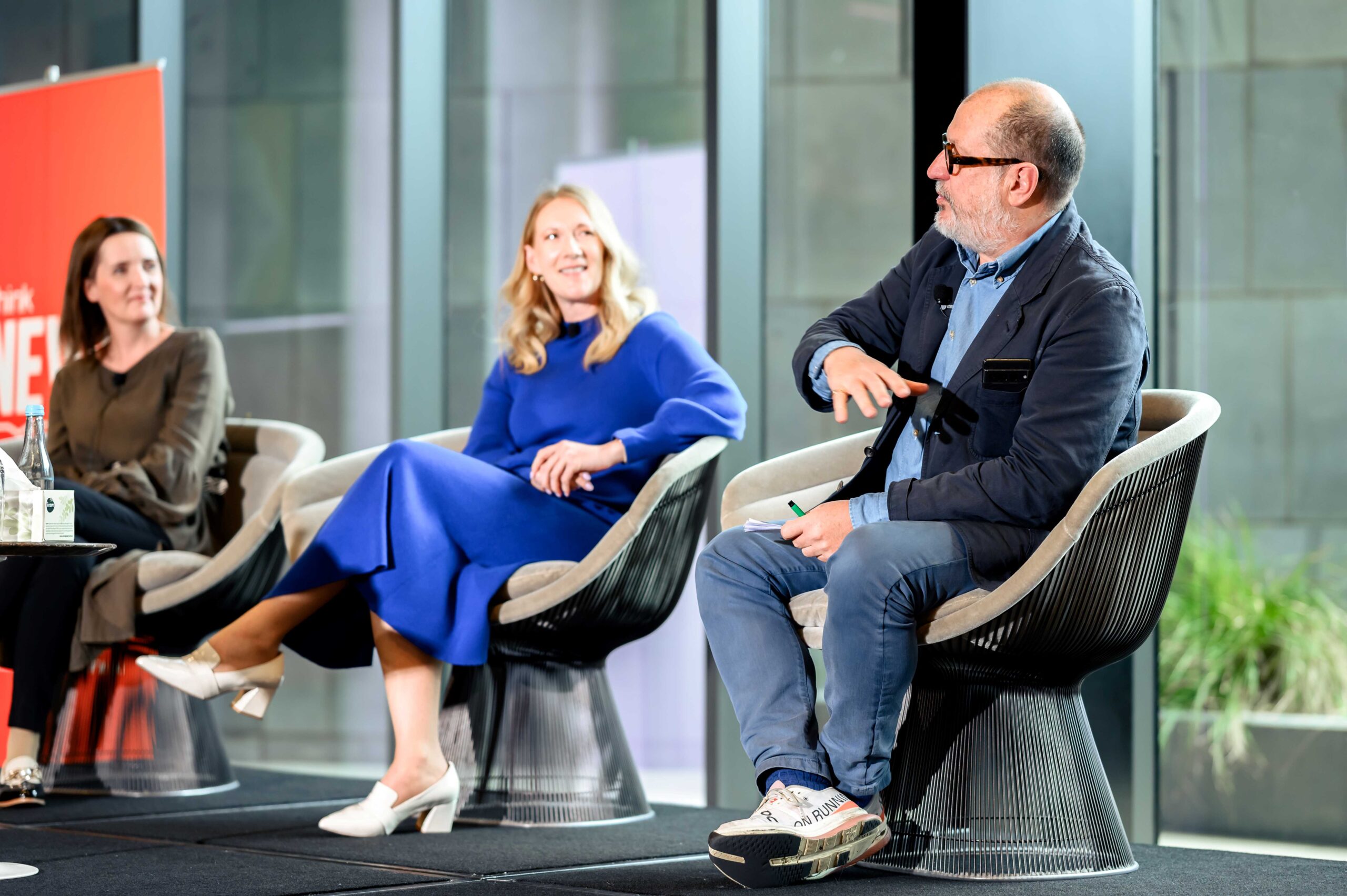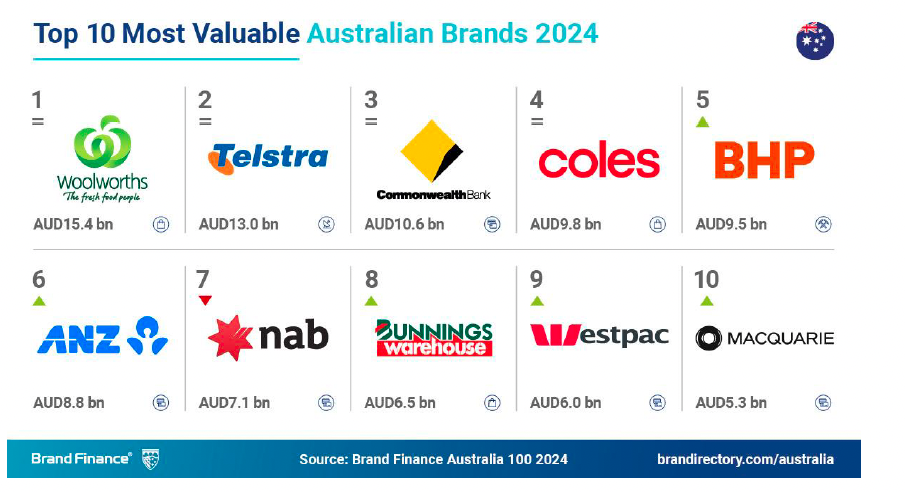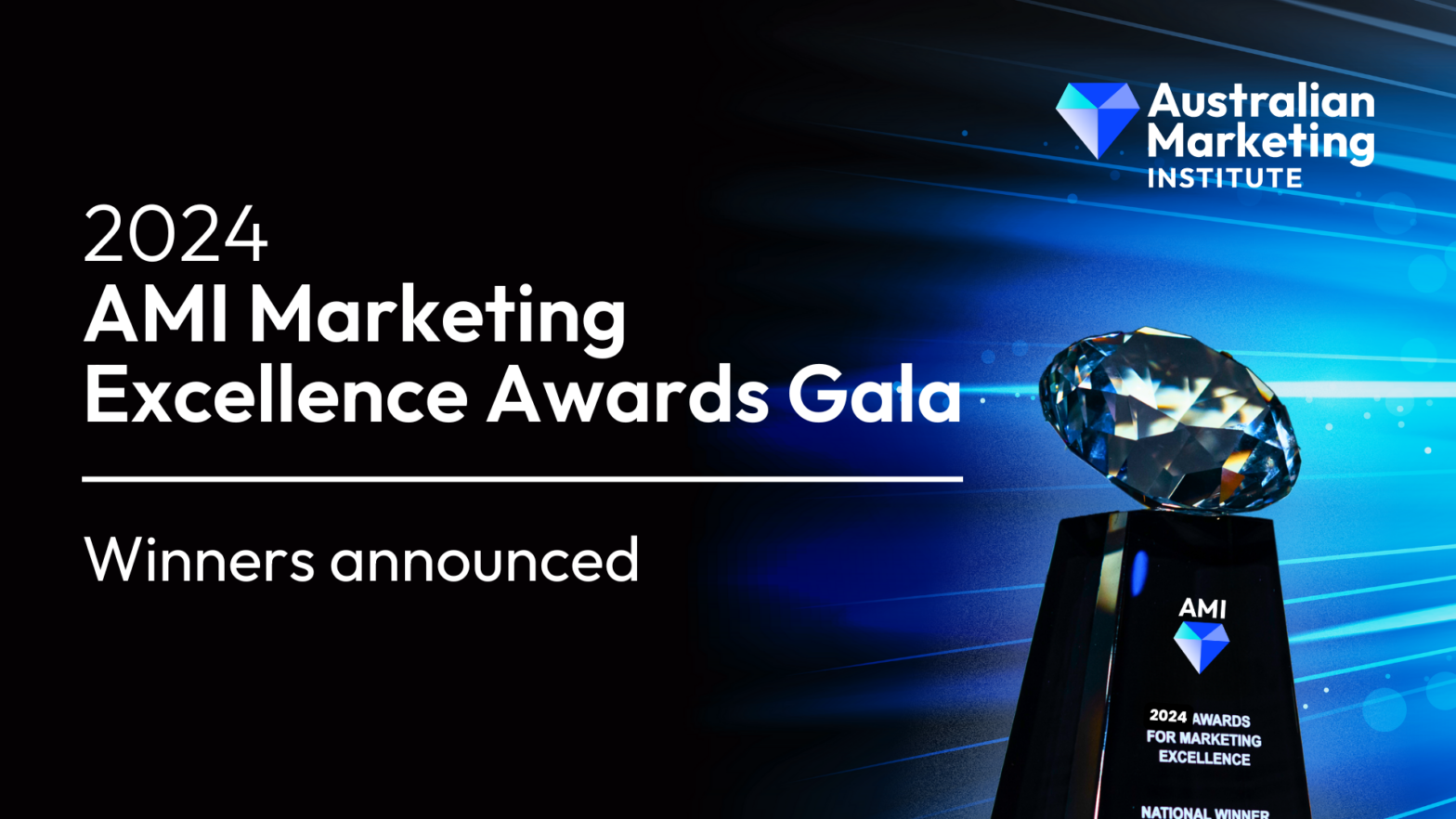Marketing metrics that matter: Australian Marketing Institute and ThinkNewsBrands event panel debate what it takes to sell marketing into the c-suite
Telling a strong story up the line every year to executives by reframing marketing through select metrics that ladder into business outcomes and reputation are just some of the ways marketing teams can better sell marketing into the executive suite, several marketing luminaries advise.
The subject of marketing measurement and how this feeds into helping marketing finally move away from cost centre to growth driver in the eyes of the c-suite took centre stage at the first Australian Marketing Institute (AMI) and ThinkNewsBrand Marketing Perspectives Series event in Melbourne. Entitled ‘Navigating new frontiers; Shifting landscapes, evolving customer behaviours and the metrics that matter for marketing leaders’, the event is one leg in the national series of event run by the AMI in partnership with the premium news advocacy and research body.
In a wide-ranging panel discussion covering everything from the macro-economic forces marketers have to navigate to changing content consumption behaviours and trusted media channels, it wasn’t surprising to find conversation arrive at how marketers fight against persistent perceptions of their function as a cost centre. Most significantly was the question of how to get boards, CEOs and CFOs to value the longer-term impact brand investment can drive over short-term performance tactics, and the measurements needed to realise this ambition.
ANZ executive manager of marketing strategy and capability, Kate Young, admitted it’s a discussion that’s always been a challenge for marketers to win. With so much scrutiny on optimisation and operational efficiency, there’s no doubt retaining budget for brand building is a tough gig for CMOs right now.
“You can get hooked on some of those short-term results and the pressure is for that,” she admitted. “But being able to prove the significant contribution brand investment plays in driving performance metrics is key. Obviously, the c-suite find that a little bit harder to swallow because it takes so long to show that. But as marketers in the world, we’ve got to be advocating for those principles we actually know work.
“If you have a really great budget one year and you say, okay, we can go off and do everything we want to do, don’t assume you’re going to get that budget the next year. You’ve really got to be making sure you’re telling a really strong story up the line and protecting that marketing investment.”
As Young pointed out, the CEO or CFO of any organisation is thinking about where to invest for growth.
“We need marketing to be making sure those decision makers are thinking marketing is a good investment,” she continued. “It’s really changing the conversation from this idea of budget and cost centre and if we need to cut costs marketing is the place where we can get money, to ‘that would be crazy, because we know that marketing drives growth in this way’,” she said.
The fact marketing has always been considered a variable expense instead of the cost of goods being sold doesn’t help here, fellow panellist and 3AW Breakfast radio co-host and marketing expert, Russel Howcroft, agreed. But a case study that should be selling the importance of brand is the recent reputation crisis Qantas has faced.
“You are able to point out reputation is fickle and clearly important. Brand plays a big role; it’s not everything when it comes to reputation, but brand obviously plays a role in one’s reputation,” Howcroft said.
“And it’s the first thing to drop in a crisis,” ThinkNewsBrands CEO, Vanessa Lyons added.

Simplicity, growth oriented: The measurements ANZ is looking for
What and how to measure is the critical piece in this puzzle of elevating marketing’s position. But adding complexity is the vast array of metrics to choose from when making decisions, optimising or seeking more funding. It’s this need to simplify that has led ANZ to embark at an enterprise level on a project to strip things back and give people more guidance on the metrics that matter.
“There are a million marketing metrics, we want to be able to bucket and group those metrics into three or five key growth metrics that we can show have a direct correlation in terms of how our effort has actually correlated to something the c-suite will care about,” Young explained.
“We’re doing a lot of work at the moment by saying, okay, if you’re the CFO, the board, a CEO, what are the five things you care about? Let’s talk to you about that, and let’s make sure we’ve spent a bit of time with you helping understand the correlation of another suite of metrics that actually ladder into those things.”
This list might include talking about reputation, consideration, strategic NPS, acquisition, and customer engagement metrics that show deeper and broader relationships.
“There’s all kind of stuff underneath that we’re doing, right? But it’s then about if we can give you some guidance that it’s these five marketing metrics linked to acquisition and these five marketing metrics do this and here’s a range that you should be operating in in order to be effective,” Young said. “If you drop out of that range, you need to be thinking about doing something different. If you’re above, you are probably exceeding expectations.
“What we’re wanting to do is take the complexity out of what we all put our hand up on, which is that this can be really overwhelming. You’ve got 100 different things you could measure, but what actually matters? And more importantly, how do you use that for more effective marketing and better decision making around the strategies you implement and then how you optimise real time?”
When asked about the traditional measures that have fallen out of favour, Young said it’s still a work in progress for ANZ.
“There are a lot of things I’m not going to say don’t matter. Most things that we measure do matter. It depends on what they matter for and who you are having a conversation with about it,” she said. “Our CEO doesn’t necessarily want to be getting into click through rates, he probably wouldn’t be concerned with that. What he wants to know is that you know that and how that links to a thing he cares about.
“I don’t think we would be saying a metric doesn’t matter, but we might tier it in terms of importance. What you really need to focus on that makes sense.”
Building the case for brand
For Howcroft, brand is another sticky point but one he’s actively in favour of articulating – most notably, spontaneous brand awareness.
“It’s fun to say brand awareness doesn’t matter, but spontaneous brand awareness does – the notion of spontaneous brand awareness makes huge amounts of sense to track that,” he commented. “I always thought people want to have prompted brand awareness because they were so embarrassed about the spontaneous brand awareness. That to me is an interesting one. Maybe it’s not so relevant to the banking world, or maybe by product. But the ranking of banks across the sector for this would be interesting.”
As a marketer, Lyons has always look at intent to buy. “That’s your pipeline that can convert at speed depending on environment,” she said.
Reach is also table stakes and a starting point, but has to lead to focus or intent. “Otherwise where are you moving into?” Lyons asked.
It’s also critical to be able to explain the metrics and recognise what’s in your control as well as importantly, what’s out of it, Young and Lyons agreed. Young pointed to bad press about RBA interest rate rises as an example.
“Being able to have those conversations, explain the metrics and understand what a happy range is and what shifts the things in and out of our control is useful detail is hopefully what we’ll get to in a period of time based on what we’re doing, but as an industry as well,” she added.






